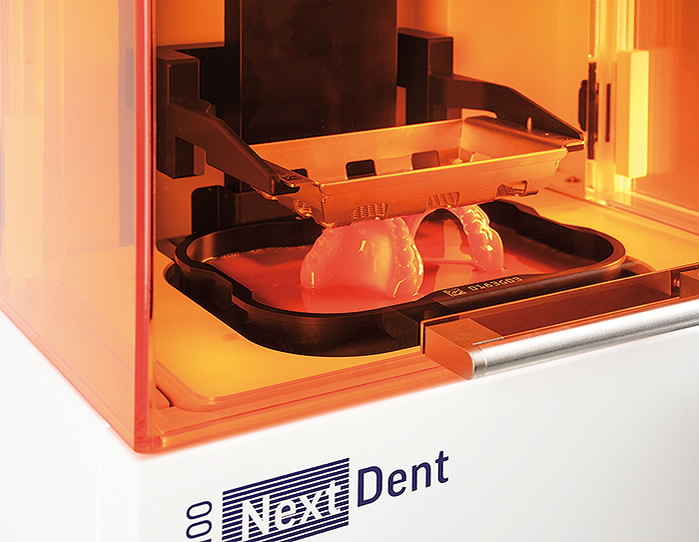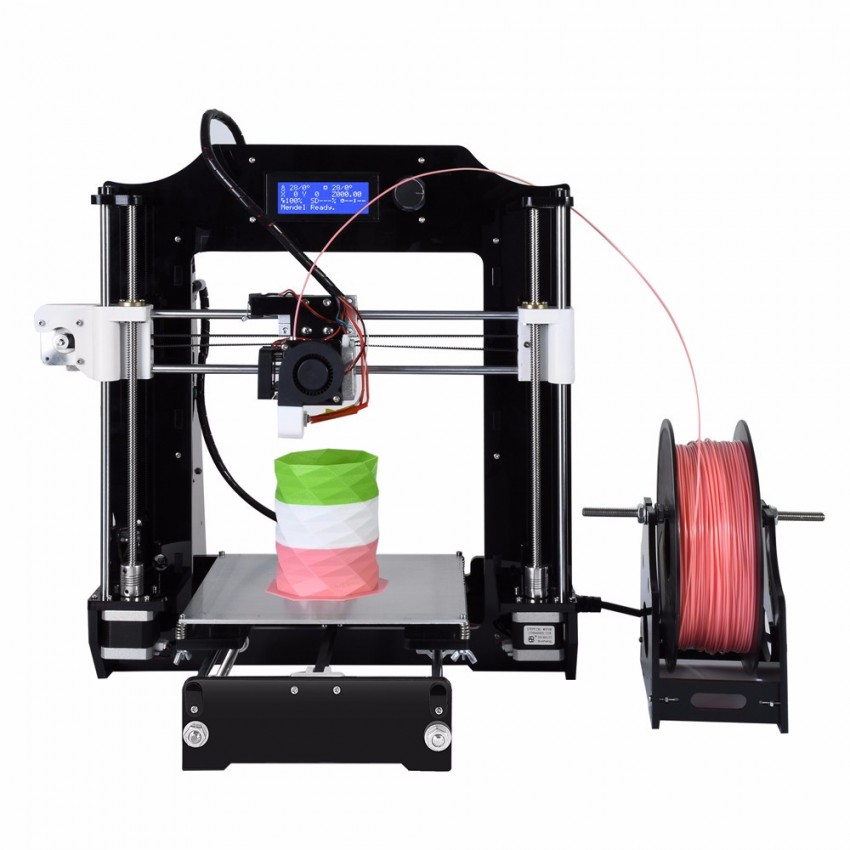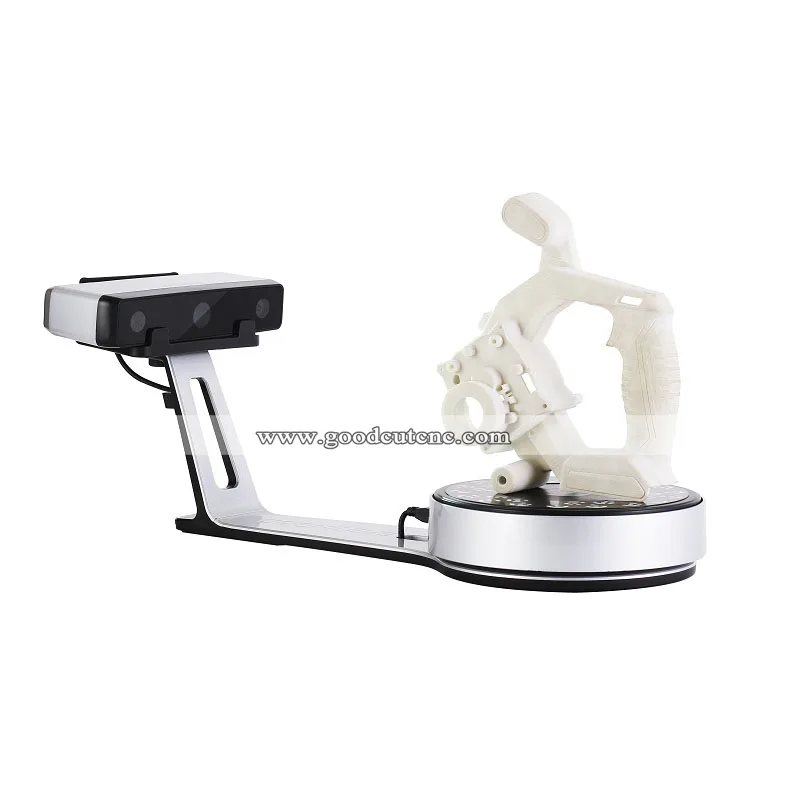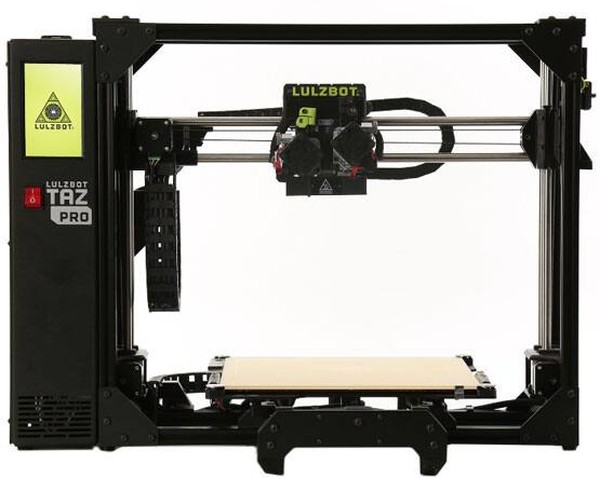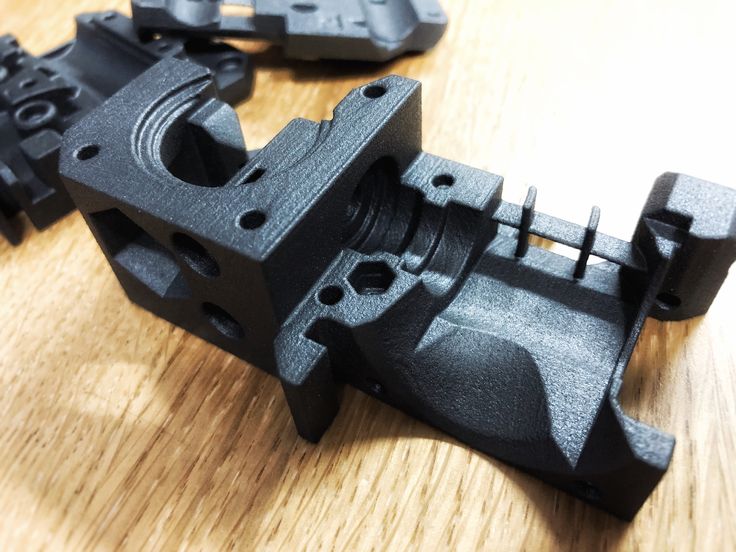Cobod 3d printer price
The BOD2 3D Construction Printer
toggler_caretGet the printer size you need
The BOD2 modular truss structure solves two large issues within 3D construction printing:
• All projects are different sizes and shapes and with the modular build BOD2, the printer can be configured exactly to each project.
• The 3D printer can be upscaled and downscaled to suit larger and smaller projects that you may have in your pipeline.
• The light weight combined with the incredible stiffness of the steel truss structure guarantees a rigid, sturdy construction that will endure rough treatment and ensure stable and reliable printing year after year.
Achieve smooth walls
The re-engineered tangential steel nozzle enables an unprecedented dimension of control of the surface quality and texture. By continuously following the movement direction of the printhead, the nozzle has the functionality of smoothing or texturing the walls as it prints. The combination of tangential control and flaps allows for the following advantages:
• Reducing the amount of plastering and post-treatment of walls.
• Reducing water evaporation by minimizing wall surface area.
• Smoothen the printed layer and layers below creating an aligned and straight wall ready for plastering.
Unprecedented print speed
The BOD2 3D printer is the fastest 3D construction printer on the market, with a print speed of up to 1000 mm/s. Without a safety fence, the printer can be operated at speeds of up to 250 mm/s. For faster speeds, a safety fence needs to be installed to comply with EU certification. The speed makes the technology even more competitive compared to traditional construction technology.
toggler_caret3-4 operators needed
The BOD2 concrete printer only needs to be manned by three to four operators when printing. We suggest a team of a printer operator, a materials operator, a materials operator helper, and a hands-on helper. The same team can also be trained to install and uninstall the 3D printer on-site with the help of a crane.
The ease of use and minimal manning lowers the labor costs significantly and optimizes the efficiency of the construction site.
toggler_caretFreedom of choice of materials
To ease the process of compliance with industry standards as well as open up to a wider spectre of materials, the BOD2 has been developed to print with a wide range of materials. This also enables our customers to use materials that are approved by local authorities. The extruder can handle up to 10 mm aggregates and thus print with real concrete and not just mortars.
toggler_caretEasy change of print nozzles
Quick release nozzle system allows for easy change between nozzles in less than 2 minutes and for printing various layer widths (20-100 mm possible) and layer heights (10-40 mm possible).
• Optional tangential control (software and hardware) secures that the print head follows the print direction, resulting in printing straight and smooth walls.
Highest quality specifications
• Motors and drivers are made in Germany and are of the highest quality components.
• All steel trusses are made with very tough and durable S355 steel.
• All parts of the 3D printer are made according to IP66 for outdoor heavy duty usage and safe to use in wet environments.
State-of-the-art software
• The proprietary slicer follows the industrial standard G-code and converts CAD files to 3D printable files in minutes, which removes the need for robotic programming.
• The sensor mapping compensates for slabs that are not entirely even.
• The web interface assures user and touch screen friendly control of the printer via WiFi or ethernet across all devices.
• 2 cameras are mounted on the printhead providing live monitoring of the print on all controlling devices.
Completely safe, EU and UL certified
• The BOD2 is equipped with 8 emergency stops.
• All trusses below 5 meter are covered by shieldings to avoid pinching, fingers getting stuck, etc.
• The complete BOD2 3D construction printer has been CE certified.
• Without a safety fence, the printer can be operated at speeds of up to 250 mm/s. For faster speeds, a safety fence needs to be installed to comply with EU certification.
• Due to the above the BOD2 printer is fully compliant with the EU machine and robot directive.
Flexible material feeding options
• Printhead hopper: Small batches of concrete can be manually fed directly into the printhead hopper via the opening on the side of it. – Useful for testing new materials
• Mixer-pump: For prints requiring a continuous flow of large amounts of concrete, we recommend using a mixer- pump that supplies the concrete to the printhead via a hose.
• Reservoir: Stopping and starting printing/extrusion at any point is possible, which is needed when printing walls with openings for doors and windows.
Print on uneven surfaces
When printing on an uneven or poorly levelled surface, the printer measures the distance to the foundation and collects the data in a “height map”.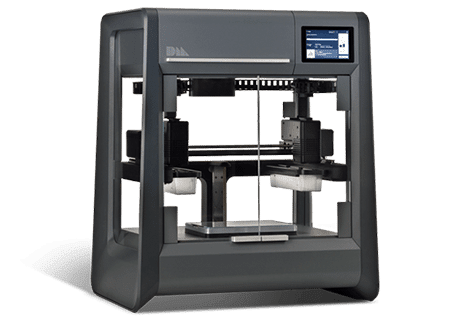 When printing the first layers, the printer can automatically compensate for these uneven surfaces, layer by layer, until the resulting print is completely level. This will ensure a level top wall even for very uneven foundations.
When printing the first layers, the printer can automatically compensate for these uneven surfaces, layer by layer, until the resulting print is completely level. This will ensure a level top wall even for very uneven foundations.
BOD2 specifications | COBOD International
Machine information
The COBOD BOD2 3D construction printer is a gantry based printer that is specially designed for on-site concrete printing of large 3D objects.
| Description | Unit | Value |
| Product | – | 3D Construction Printer |
| Model | – | BOD2 |
| Measurements (length x width x height) | [m] | Contact us to see size guide |
| Weight | [kg] | 5390 |
| Current | [A] | 32 |
| Voltage | [V] | 380-480 3 phases, + N + PE (WYE) |
| Frequency | [Hz] | 50/60 |
| Short circuit current IKmin | [A] | 500 |
| Short circuit current, IKmax | [A] | 1200 |
| Leakage current | [mA] | 300 |
Max. speed (X-axis) speed (X-axis) | [mm/s] | 250 |
| Max. speed (Y-axis) | [mm/s] | 250 |
| Max. speed (Z-axis) | [mm/s] | 50 |
| Sound level | [dB(A)] | Less than 70 |
| Required bed plate flatness | [mm/m] | 10 |
| Movement system | – | Servo |
| Safety elements | – | The emergency stop function includes emergency stop push-buttons as input components, which are located in the following locations of the machine: • 1x on each of the Z-axis • 3x on the printhead • 1x on the operator’s controller panel • 1x on the main E-box |
| Connection | – | Wifi or LAN |
| Software | – | Soft-NA and COBOD Web Control Interface |
| Interface | – | Web Client (through browsers like Chrome, Safari) |
| Recommended operating temperature | [°C] | 5-35 |
Machine operation
The BOD2 printer allows the operator to move a printhead that extrudes the building material within 3 dimensions. The printhead moves along the X-axis (width), the X-axis moves on the two Y-axes
The printhead moves along the X-axis (width), the X-axis moves on the two Y-axes
(length), and the whole X/Y-axes group moves up and down the four Z-columns (height). Thereby,
the gantry principle allows the printer to access any position within the printable area (PA), while
providing complete freedom of movement within the volume.
| Description | Unit | Value |
| Max printing length | [m] | No limit |
| Max printing width | [m] | 14.6 |
| Max printing height | [m] | 8.1 + height of the concrete bases to which the printer is mounted |
| Max printing speed | [mm/s] | Up to 1000 (1 m/s) |
| Layer height | [mm] | 5-40 |
| Layer width | [mm] | 30-300 |
| Material flow | [m3/h] | Up to 7.2 |
| Max aggregate size | [mm] | 10 |
| Printer setup time | [h] | 4-6 |
| Printer takedown time | [h] | 2-3 |
| Manning | We recommend a team of 3-4 people 1x printer operator (Additional hands-on helpers is recommended) |
three and a half houses in four days / Sudo Null IT News Photo: 3dprintingmedia.
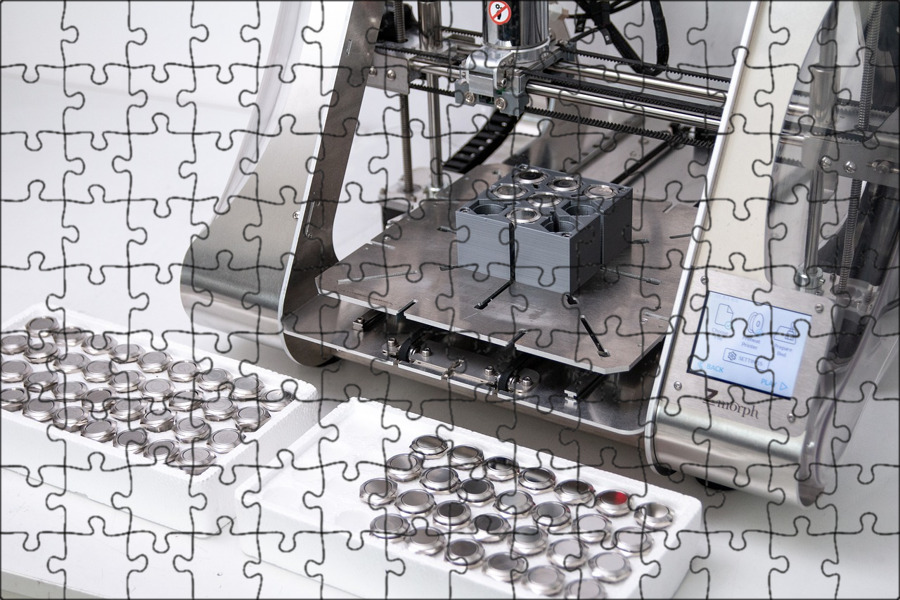 network
network One 3D printed house per day
Visitors to the Bautec International Building Exhibition, held from 18 to 21 February 2020 in Berlin, were given a unique opportunity to see the process of creating a residential building in one day thanks to 3D printing technology. Danish 3D printing construction company COBOD has teamed up with PERI Group on an ambitious project to demonstrate how a 3D construction printer can print a house in less than 24 hours. nine0005
During the exhibition, COBOD and PERI successfully printed 3.5 houses of 64 square meters each. The fourth house was not completed because the partners also had to create two 3D printed logos for the Bautec exhibition. Overall, COBOD claims that 3D logo printing is equivalent to printing 8 square meters of a house per hour.
Visitors to Bautec could watch the BOD2 large format printer in operation from 9:00 am to 5:00 pm. Time-lapse video from each press day is now available for those who were unable to attend the event in person.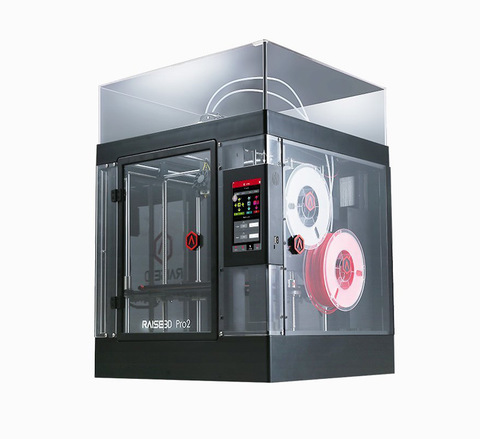 nine0005
nine0005
Henrik Lund-Nielsen, COBOD CEO:
“By demonstrating the possibilities of real-time 3D printing, we wanted to prove that our BOD2 3D printing technology is ready for the global market, because it has enough quality, speed, reliability and stability to run smoothly, hour after hour, day after day, and with incredible productivity that surpasses traditional construction methods. We planned to print 4 small houses in 4 days, and we almost reached our goal. Every day we printed one small house, but on the last day, at the request of the exhibition organizers, we decided to print a couple of company logos on a large scale, which subsequently did not allow us to complete the construction of the last, 4th house. nine0004
With a modular print design up to 15m wide and 10m high, the BOD2 3D printer has an unlimited build length, allowing it to build full-featured homes on site. For the Bautec show, partners COBOD and PERI installed a relatively small BOD2 configuration, measuring 5×5×5 meters, which is smaller than the rest of the BOD2 printers that COBOD sold to various customers.
Source: 3dprintingmedia.network
In terms of speed, the BOD2 is theoretically capable of printing up to 100 cm/sec, but due to the limited materials available for building 3D printing and the complexity of pumping mechanisms, the printer can only print at speeds of 40 cm/sec. At the COBOD exhibition, they refused to demonstrate the maximum speed for safety reasons.
Tilmann Auch, COBOD Product Development Engineer:
“Of course, we would like to show people a more powerful 3D printer for construction, but full-fledged printing on the exhibition site turned out to be impossible for several reasons. Therefore, we could only print small houses with a perimeter of 4 × 4 meters and with one bedroom. As for speed, here we have already limited ourselves. During the Bautec exhibition, we printed at a speed of no more than 25 cm/sec. This is due to EU requirements for machinery and robotics, which require the construction of a protective fence around the printer if we decided to print faster. We certainly didn't want to put up a fence at the show, as that would prevent visitors from seeing the printer in action." nine0004
We certainly didn't want to put up a fence at the show, as that would prevent visitors from seeing the printer in action." nine0004
Despite the limitations, COBOD and PERI were able to successfully print houses within the first three days, demonstrating the technology's ability to build the walls of a small house in about eight hours. At this printing speed, a 150-square-meter house can be reproduced in less than 24 hours, according to COBOD representatives.
Dr. Fabian Meyer-Brötz, leader 3D Printing Department at PERI Group:
“At Bautec, we proved to visitors that with a minimum number of workers, we can print houses with rounded walls at an average speed of 8 m2 per hour. It is important to note that these possibilities for creating arbitrary shapes allow not only to embody any imagination of the architect, but also to increase the functionality of the walls, to create improved designs of buildings and houses. We are not aware of any other technology that could provide the same result. ” nine0004
” nine0004
The German construction company PERI Group has been investing in COBOD projects for a long time. In 2018, the company acquired a minority stake in COBOD, and in April last year, PERI Group was named the official distributor of the COBOD construction 3D printer.
Source: 3dprintingmedia.network
Learn more about 3D printing in the construction industry from our articles:
0006 Printing houses on a 3D printer in Russia, China and other countries,
Spetsavia: Russian building 3D printers and
Robotics in construction.
3D Printing Startups Will Reduce Housing Costs and Construction Time
Danish companies COBOD and PERI 3D printed the walls of four houses in four days at the recent bautec 2020 in Berlin. Over the course of four days, this demonstration of the Tour de Force was watched by thousands of visitors. To be precise, the company printed walls for 3.5 houses and two Bautec logos at a speed of eight square meters per hour. nine0005
nine0005
COBOD is one of the most promising 3D printing companies in the construction industry, which together with PERI intends to demonstrate in real time an alternative to traditional methods used in concrete construction. In traditional construction, lead times are difficult to predict and control, and there are problems with off-site transportation and on-site safety. The whole process is often very wasteful for the global ecology. Civil engineers use casting or precast concrete procedures at a construction site to create structural objects that support bridges, houses, and buildings. The materials are usually conventional Portland cement. Alternatives to these methods were widely promoted in the trade press and other publications, but COBOD and PERI were the first to demonstrate real-time 3D printing at home in front of 30,000 people. nine0005
Using one of the COBOD construction 3D printers: BOD2 3D, COBOD and PERI printed from 9 am to 5 pm during the exhibition. The goal was to demonstrate the reliability of their 3D printing at a construction scale. In the first three days, the group successfully printed a small house. On the last day of the bautec show, the show leaders asked COBOD and PERI to print some Bautec logos, which they did.
In the first three days, the group successfully printed a small house. On the last day of the bautec show, the show leaders asked COBOD and PERI to print some Bautec logos, which they did.
The COBOD BOD2 printer is modular in 2.5 meter increments and is 10 meters high and 15 meters wide. The length of BOD2 is increased indefinitely or as long as necessary. It prints at a speed of 100 cm/sec. Restricted to the exhibition setting, COBOD and PERI printed three-bedroom houses with walls approximately 4 by 4 meters at a slower speed of 25 cm/sec. Part of the reason for the slower setup was compliance with the EU Machinery and Robotics Directive. The directive requires that a safety fence be installed around the printer if the machine is to print at its maximum and most efficient speed. Abandoning an enclosure for exhibition purposes, COBOD and PERI opted for an open, unobstructed display with BOD2 running at a slower speed. nine0005
Henrik Lund-Nilson, CEO of COBOD, said the company has achieved its goal at the show, but the company's goal is to print at a speed of 20 square meters per hour. At this speed, a COBOD printer can print a larger house than the one Bautec printed in 24 hours.
3D printers in construction have already begun to be used in reality. Recently, Icon, an Austin, Texas-based startup that also developed its own 3D printer, is building six small houses called Community First! village. Icon is also using the same technology to build houses in Mexico for people living in extreme poverty, creating the world's first neighborhood using 3D printing. nine0005
The company believes that 3D printing can significantly reduce the cost of housing, since the printer can work autonomously and continuously, this is the fastest way to assemble. At the same time, houses can be built in different designs using a digital scheme.
Although the technology is in its early stages, it will eventually be possible to print a house at half the cost of traditional construction and half the time, thanks to automation combined with low material costs. nine0005
nine0005
Icon, a young start-up from the United States, raised just one funding round and raised $9 million with Oakhouse Partners as the main investor in October 2018.
The development of 3D printing is happening all over the world, at the end of January, the world's largest building was built in Dubai, with an area of 640 square meters using this technology. The building was built by Apis Cor. The temporary office of the Dubai Future Foundation was built in 17 days and cost about $140,000.
Apis Cor has also developed its own 3D printer and has done extensive R&D to test its gypsum-based material for walls and construction. The arc-shaped building the company built gave Dubai and its administration proof that their 3D printing strategy would be successful. Mohamed Al Gergawi, Minister of Cabinet Affairs of the United Arab Emirates, states:
"Studies have shown that technology can reduce construction time by 50-70% and labor costs by 50-80%.

Learn more




